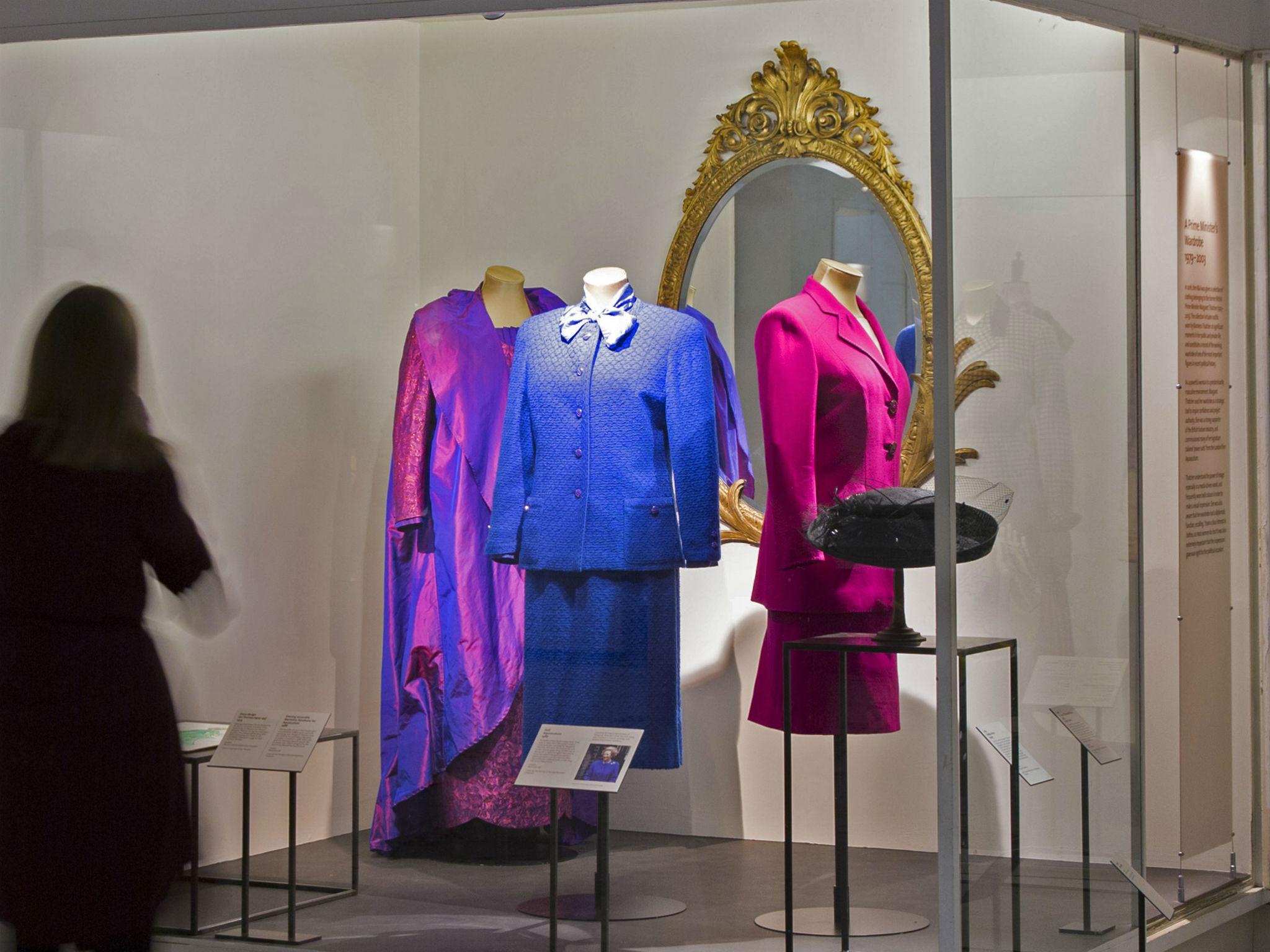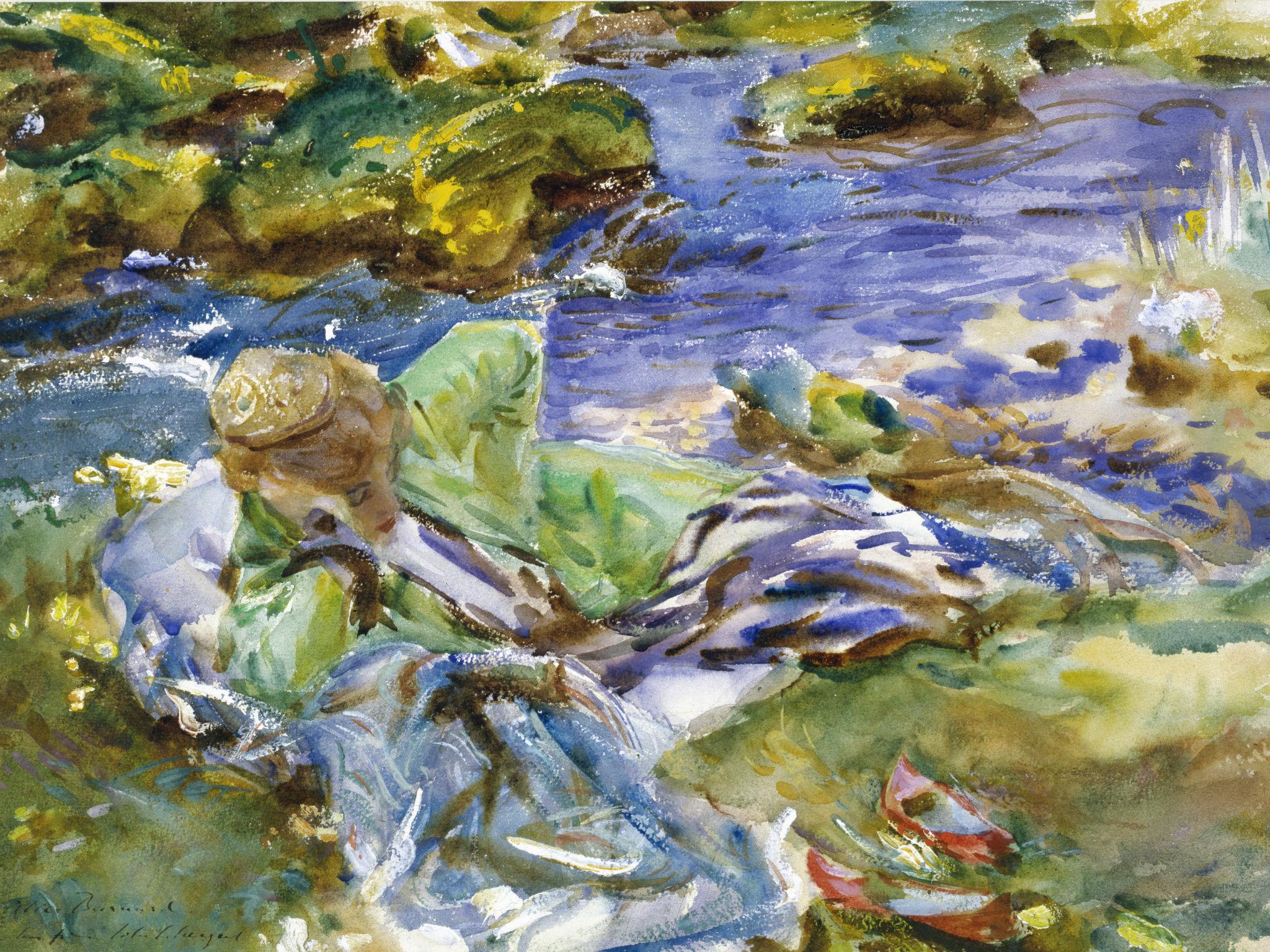Art 2017: The good and the not so good
Art can be so poker-faced. Why not let in a bit of good humour, says Michael Glover

Your support helps us to tell the story
From reproductive rights to climate change to Big Tech, The Independent is on the ground when the story is developing. Whether it's investigating the financials of Elon Musk's pro-Trump PAC or producing our latest documentary, 'The A Word', which shines a light on the American women fighting for reproductive rights, we know how important it is to parse out the facts from the messaging.
At such a critical moment in US history, we need reporters on the ground. Your donation allows us to keep sending journalists to speak to both sides of the story.
The Independent is trusted by Americans across the entire political spectrum. And unlike many other quality news outlets, we choose not to lock Americans out of our reporting and analysis with paywalls. We believe quality journalism should be available to everyone, paid for by those who can afford it.
Your support makes all the difference.Art can be so poker-faced. Why not let in a bit of good humour? Is that not what we all crave after the miserable, over-stuffed purdah of the festive season?
Let the art year begin again then, with a bit of a skip and a dance at Flowers Gallery on Cork Street where, from 11 January, they will be showing a new exhibition of works by that cock-snooker-in-chief Glen Baxter called “Furtive Loomings”. Glen’s marvellous send ups of the absurd pretensions of the art world have been delighting our eye for more than a quarter of a century. Remember Tom, the raunchy, gun-totin’ stetsoned cowboy, squaring up, rapt, in front of a huge blank white canvas? The immortal caption read: “It was Tom's first brush with Modernism”.
The major galleries charge so much to see touring exhibitions these days that we often find ourselves crooning miserably to ourselves: Where oh where can we go to find important exhibitions that we do not necessarily have to pay to see? Try some of the private art galleries. They often stage exhibitions of museum quality. From 20 January on, for example, Gagosian of Grosvenor Hill in Mayfair will be putting on a retrospective of works by Michael Andrews, one of the greatest of post-war English painters, whose output ranged from the louche of the Colony Club to an entire series of extraordinary estuary scenes on the coast of Essex, painted from the vantage point of a seagull. That's how it seems anyway.
Iconic. I wish I could get a good, firm grip on the meaning of that word. Every time I approach it, it seems to melt away as if it were as insubstantial as the very air that we breathe. It is sticking in the craw just now because the Victoria and Albert Museum has put on a display in its fashion galleries at least (at least!) three of what they airily describe as Mrs Thatcher’s “iconic” outfits, including the blue woollen Aquascutum suit that she wore to the Conservative Party Conference in 1987. Now we all know that the V&A was created in the middle of the 19th century as an educational institution for aspiring British artisans, but how could anyone in their right mind ever suppose that it would be of the least benefit or interest to us as a nation of faltering makers to stare yet again at those horrific, quasi-monarchical bits of tat that she used to wear when shaking her tight balled iron fist in the faces of all the mealy-mouthed males gathered around the cabinet table like sheep fresh skipped to the slaughterhouse? Does this mean that art next year, as displayed in our major public institutions, will principally be devoted to the dolloping out of empty shows? Surely not.

Things are not looking good, it has to be said. In April, for example, Tate Britain is set to remind us that it is 50 years since male homosexuality was decriminalised by putting on display a solid prison door, and a grandiose full-length portrait of the man who struck many an airy pose behind it. That man was Oscar Wilde, and the black door itself once creaked balefully on its hinges in Reading Gaol. Wait a minute, though. Was not Oscar Wilde a brilliant wordsmith? And is not his appearance wholly incidental to his achievements? Why are these objects to be put on display in a public art gallery? The answer is a simple one: It will be part of Tate Britain's Queer Art exhibition, which opens on 5 April.
John Singer Sargent is very good at show too – what fashionable, prosperous beauties he usually managed to paint! He had other subjects too, though. Remember the recent exhibition of his marine paintings at the Royal Academy? Next year's large scale Sargent Fest will be at the Dulwich Picture Gallery, where we will be seeing an exhibition of his watercolours from 21 June. Will there be too much homage to the well-heeled? Or will he have captured a sitter (or a stander) nervily on the wing, as he once caught, oh so memorably, that desperate peripatetic Robert Louis Stevenson?

In order to clear the air, it might be useful to go to, say, Dublin where, next June, the National Gallery of Ireland is due to be staging what promises to be an important exhibition devoted to Vermeer and his contemporaries. A word of warning though. These swag monographic shows often promise more than they can actually deliver.

The question, in the case of Vermeer, is this: How many paintings by this elusive man – no one knows what he looked like because no painting of him has survived, such was his near invisibility during his lifetime – will there actually be on display? Let us remind ourselves that there are just 33 Vermeers in existence. Dublin has managed to snatch 10 from here and there. Not bad then – one third of the total output. And then there will be lots of brilliant incidentals clustered around. Paintings by that brilliant painter of domestic interiors Gerrit Dou, for example, who was more celebrated than Rembrandt during his lifetime...
Join our commenting forum
Join thought-provoking conversations, follow other Independent readers and see their replies
Comments